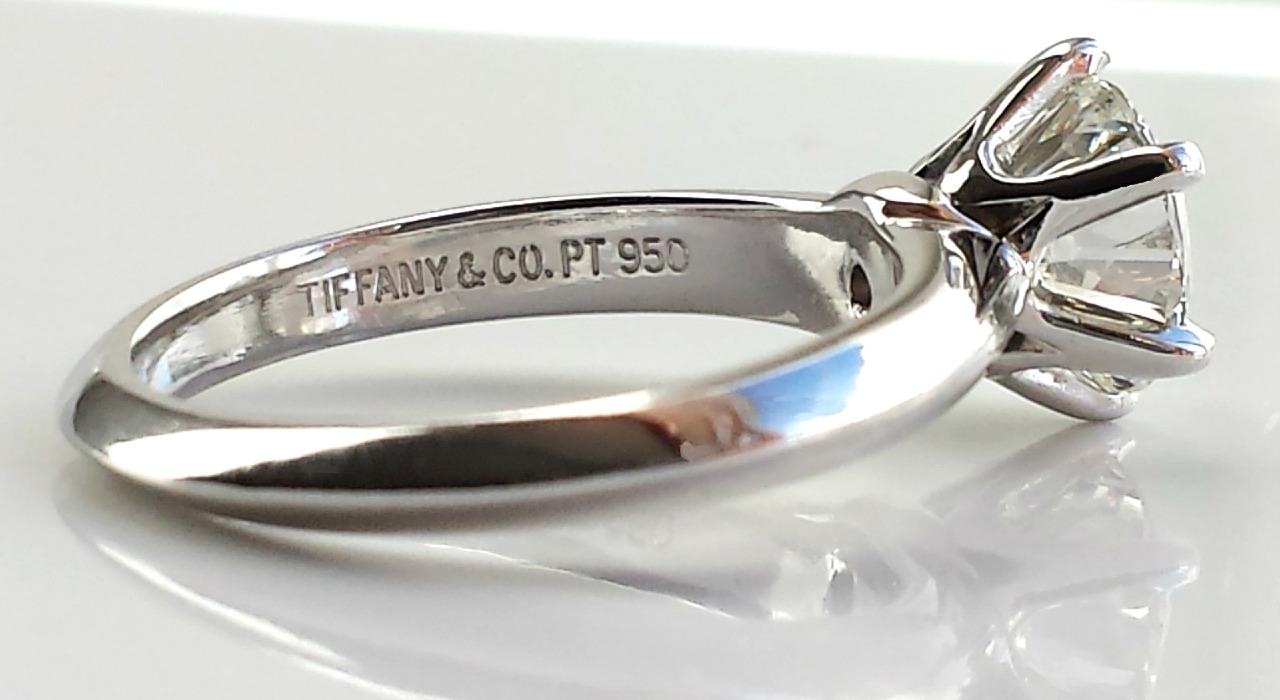Curious about how to spot hallmarks and verify the authenticity of fine jewelry? You’re in the right place! This guide will equip you with essential tips and techniques to recognize hallmarks, assess craftsmanship, evaluate gemstones, and more. You’ll feel confident identifying authentic fine jewelry and avoiding counterfeits by the end.
1. Hallmarks: The Keys to Authenticity
Hallmarks are small imprints on jewelry that reveal important details about the metal’s content and authenticity. They’re often located on the inner or outer band of a ring, bracelet, or pendant. These marks may also include a maker’s mark identifying the jeweler.
- Regional Differences: In the UK, hallmarks are regulated by the Assay Office and include a standard mark, assay office mark, sponsor’s mark, and date letter. In the US, hallmarks are less standardized, but jewelers often stamp metal content like “14K” or “925” to indicate purity.
- Verification Tools: Use a loupe or magnifying glass to examine hallmarks closely. When in doubt, consult a professional jeweler or appraiser.
Additional Resources: Websites like the Assay Office and Jewelers of America provide detailed information on hallmark types and how to identify them.
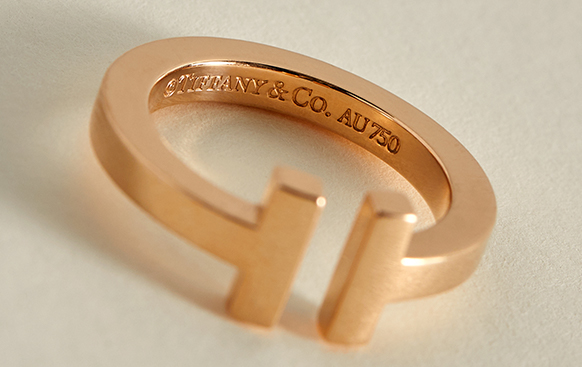
2. Identifying Precious Metals
To distinguish precious metals, look for the following:
- Hallmarks: Stamps like “14K” for gold or “925” for sterling silver indicate metal purity.
- Magnet Test: Precious metals aren’t magnetic. If your jewelry is attracted to a magnet, it’s likely not genuine.
- Testing Kits: These kits can confirm metal content if hallmarks are unclear.
Some metals, like platinum, may lack hallmarks and require professional testing. Be cautious of plated pieces, where a thin layer of precious metal covers a base metal, reducing overall value. If unsure, consult a jeweler for an accurate assessment.
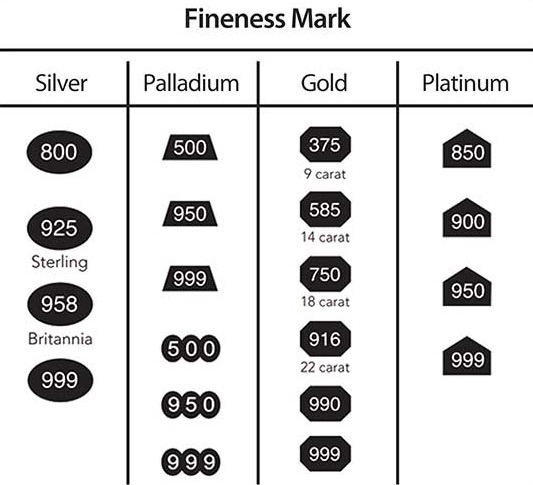
3. Evaluating Craftsmanship Quality
Craftsmanship is a crucial indicator of authenticity and value. Pay attention to:
- Design and Finish: High-quality pieces feature sharp details, symmetrical designs, and smooth surfaces.
- Metal and Stone Condition: Look for secure settings, evenly placed stones, and scratch-free metals.
- Complexity: Intricate designs often reflect superior craftsmanship.
Remember, craftsmanship quality doesn’t always equal high monetary value. A well-crafted silver piece, for example, may be less valuable than a simpler gold one.
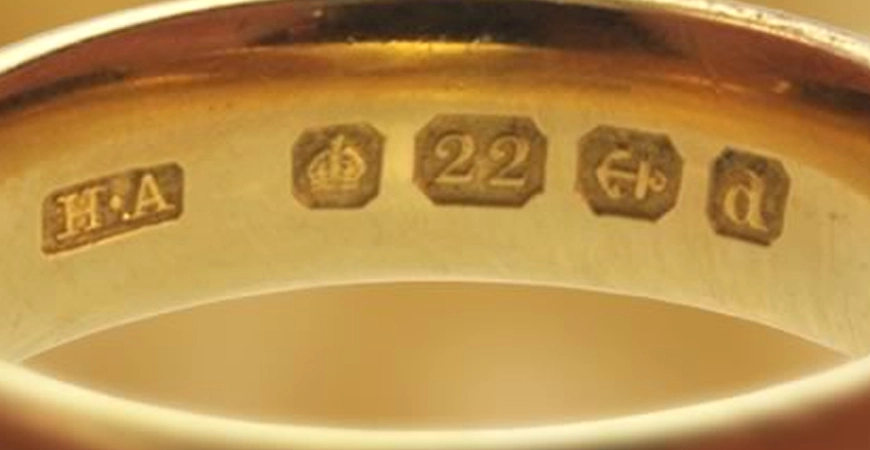
4. Understanding Gemstone Value
The value of a gemstone depends on several factors:
- The Four Cs: Clarity (absence of inclusions), color (hue and saturation), cut (angles and polish), and carat weight (size).
- Rarity: Rare gemstones like alexandrite command higher prices.
- Market Demand: Cultural and regional preferences can affect gemstone value.
Research the current market and consult experts for accurate gemstone assessments.
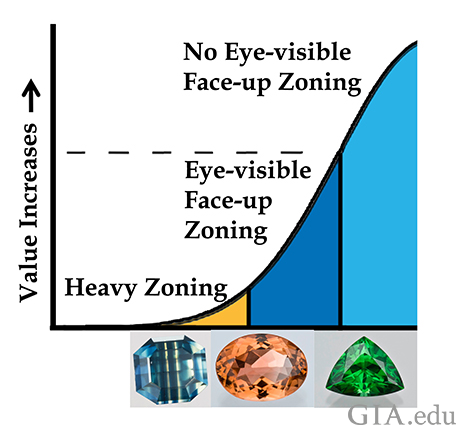
5. Researching the Maker or Designer
Identifying the maker or designer can provide further clues about authenticity:
- Hallmark Databases: Reputable resources like 925-1000 or antique directories can help identify makers.
- Additional Clues: Look for engravings or symbols indicating a specific designer.
Be cautious of fakes, as hallmarks and maker’s marks can be copied. Verify findings with multiple reliable sources.
6. Detecting Signs of Forgery or Fraud
Counterfeit jewelry can be difficult to spot. Watch for these red flags:
- Incorrect Hallmarks: Mismatched or inaccurate markings for the metal type.
- Inconsistent Metal Color: Uneven tones can signal a fake.
- Poor Workmanship: Loose stones, uneven settings, or visible glue are signs of inferior quality.
- Too-Good-to-Be-True Prices: Extremely low prices often indicate counterfeits.
Questionable Sellers: Lack of proof of authenticity or vague answers from sellers can be warning signs.
In Closing
By mastering hallmark identification, assessing craftsmanship, understanding gemstones, and spotting forgeries, you’ll confidently navigate the world of fine jewelry. Whether buying, selling, or appraising, these skills ensure authenticity and protect against scams.
